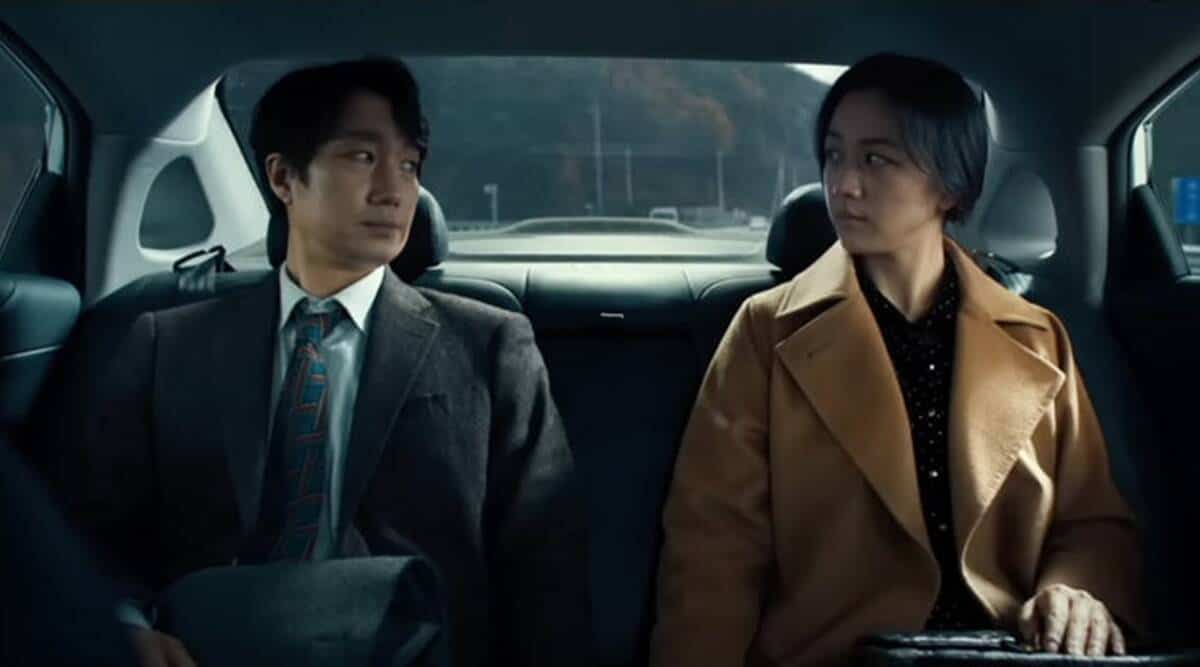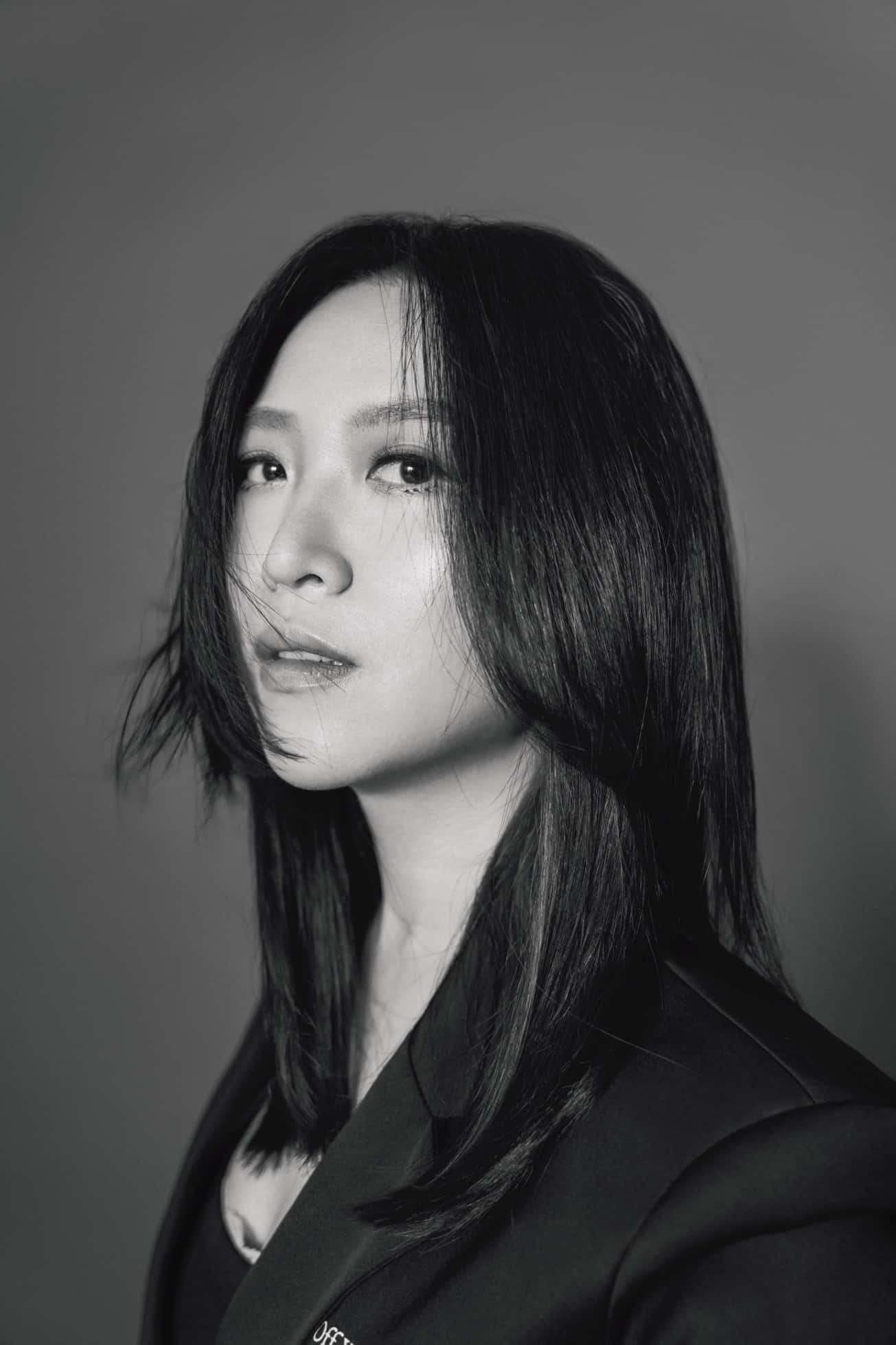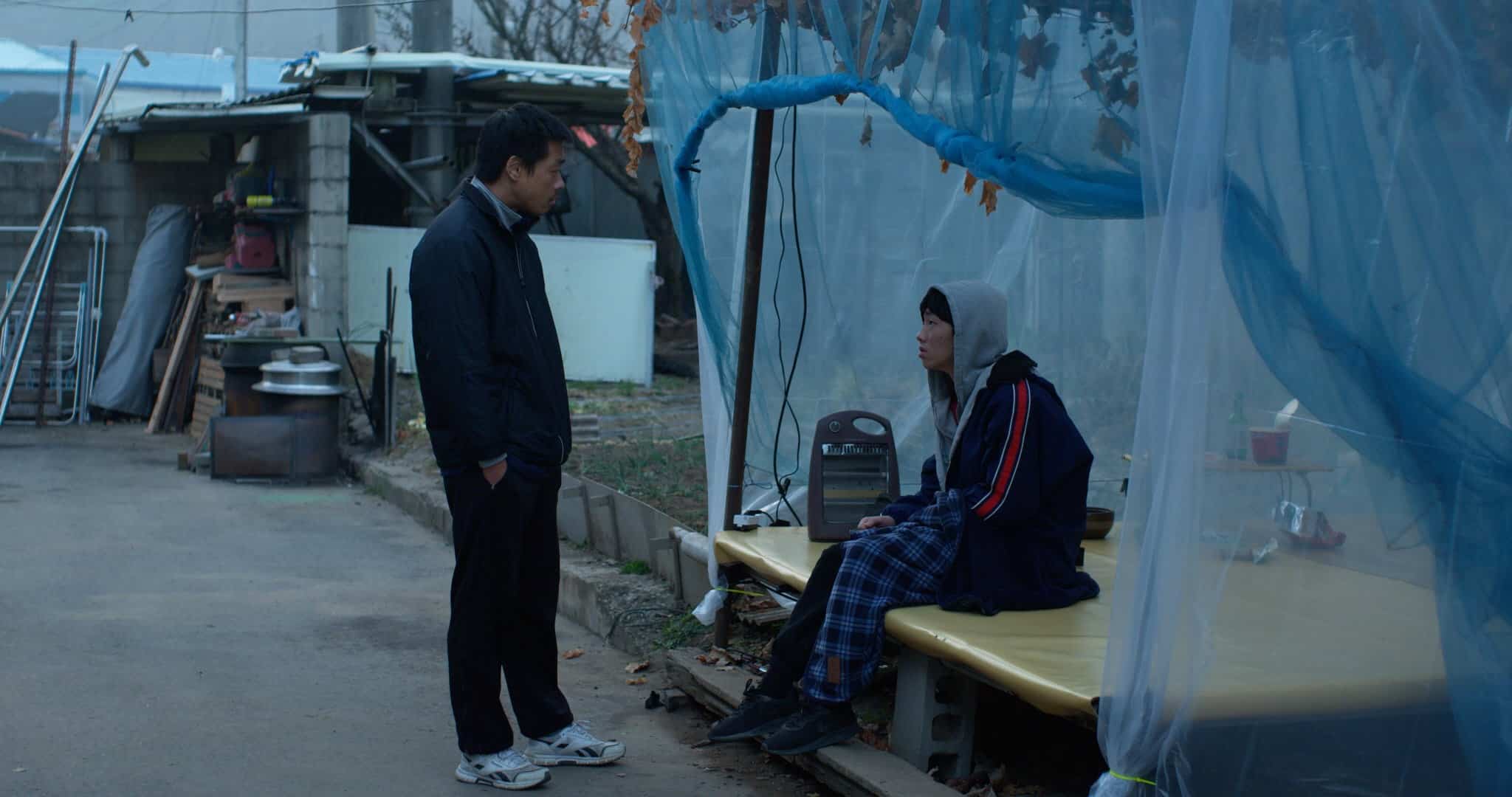Tom Mes, in his book “Iron Man: The Cinema of Shinya Tsukamoto” writes: The international breakthrough of Tsukamoto and Tetsuo came at a time when Japanese cinema seemed all but forgotten by foreign minds. The monolithic Akira Kurosawa and a few survivors of the generation that had come to prominence in the 1960s – the filmmakers who made up the Japanese New Wave, most notably Nagisa Osima and Shohei Imamura – still gained praise during the '80s, but it can be argued that the 1983 Palme d'Or for Imamura's The Ballad of Narayama in Cannes had less impact than the award for Best Film from Tetsuo at the relatively modest FantaFestival in Rome. The reason is that not only was Tetsuo a film by a director from a new generation, it also brought a new generation of foreign fans to Japanese film. Rather than being built on the remnants of the past, it gave Japanese cinema a future. As such, we can safely call the film a watershed.”
Like Tom Mes, most Japanese film scholars (and I say most, although I do not anyone who disagrees) consider the 80's a wasteland for the local industry, and “Tetsuo” the film that kick-started a new wave of directors, most of which move into what we call “cult” paths. The next years, and particularly after the mid-90s, apart from Tsukamoto's own works, also saw the rise of the likes of Sion Sono, Takashi Miike, Toshiaki Toyoda (perhaps to a smaller degree), who gave the international cult audiences a number of films that are still considered masterpieces of the category (Audition, Suicide Club, Blue Spring , among many others) and the ones that are first mentioned when someone talks about contemporary (cult) Japanese cinema. Along with Takeshi Kitano and the emergence of Hirokazu Koreeda, Japanese cinema cemented its position both in the art-house and the cult international film circles, finding its apogee in the next decades, with the 2018 Palm d'Or the latter won for “Shoplifters” being the tip of the iceberg.
However, and although not to the same degree as the '80s, the Japanese industry still seems to be, once more, on the search for another set of masters, since Koreeda's Palm d'Or seems to signify something closer to what Imamura's 1983 one did, than the actual state of the current Japanese industry, which has given the scepters of the best Asian to Korea for some decades now.
Before we start dealing with the “candidates” however, a look at the issues of the industry, content-wise, is a necessity, since the rest of them have been covered rather eloquently by Adam Torel and Eiji Uchida.
The first one is that the nucleus of the Japanese movie industry, the family drama, is currently dominated by the style of Hirokazu Koreeda, which many consider as a continuation of Ozu‘s and which also gives those films a rather good chance to screen in festivals abroad. The number of similar productions currently is overwhelming, as are their similarities, particularly in terms of pace, focus on uneventful realism, frequently unnecessarily prolonged endings, and style of scripts, even including the characters. At the same time, I feel that occasionally, a number of them look too much like European art-house films based in Asia, with particularly the influence of Nouvelle Vague and French cinema in general being quite intense
The second one, according to Makoto Tezuka‘s interview: the film industry right now is like the music industry, they do the same thing, if you have got the format that can make a hit-film, then all the producers and the film-makers want to keep that format because they know it's the safe, winning one. In the 80s, it was different because the audiences demanded new things all the time. So, back then, we could make experimental films, but these days we cannot make expensive experimental films because there are other winning formats already there and they want to play safe, really. The said format is anime/manga and book adaptations, which seem to be at least as many as the family dramas, and essentially the ones dominating the mainstream industry. On that occasion, the influences from Hollywood, particularly in the combination of music and image resulting in music video aesthetics are also intense.
Lastly, and subsequently, the disappearance of the “middle film”. As director Shuichi Okita mentions in his interview, the problem is that the small budget films do not have enough funds for the directors to do what they want to do but the big budget ones are not so interesting. My films are somewhere between, and these kinds of films are getting less and less, since the overwhelming majority of productions are either very big or very small, which is an issue for the Japanese film industry.
As such, the criteria the following directors need to encompass identify with these questions:
Can they produce a family drama that has nothing to do with the style established by Koreeda?
Can they finish the movie in the right moment, not prolonging it unnecessarily?
Can they write scripts that are intriguing and interesting, but are not based on novels or manga?
Can they escape the clutches of both no-budget and blockbuster/mainstream productions and come up with a film that is great despite its budget?
Can they escape the intense influences of both Hollywood and European cinema?
In that regard, the rest of this text will not only deal with the “next Tsukamoto” but also with the “next Koreeda” and in general, a number of filmmakers that we feel deserve more attention as their films answer positively to at least some of the aforementioned questions. The list includes filmmakers who are younger than 50, have at least two feature movies in their filmography (since anyone can shoot ONE good film) but not a number that will deem them veterans or even established

1. Akio Fujimoto

Living between Japan and Myanmar, Akio Fujimoto was born in 1988 in Osaka, Japan. After his college graduation where he studied family psychology, he enrolled in the Visual Arts Academy Osaka to study filmmaking. He worked as chief of the selection committee for the student film category at the Nara International Film Festival. In 2013, he completed his first short, “Psychedelic Family”, a subtly crafted piece based on his own experiences. After graduating, he moved to Tokyo to work on his first feature, a Japan-Myanmar co-production “Passage of Life“, which took five years to complete. The film focuses on a Burmese family living in Japan who gets split between the two countries. His second feature “Along the Sea” brings into light again the invisible communities in Japan. Between these two features, he also shot “Bleached Bones Avenue“, a short film focusing on the Zomi people.
Fujimoto's oeuvre focuses on the social film/family drama and particularly the lives of the immigrants in Japan. What makes him stand out is both his almost brutal realism that occasionally borders on the documentary, both contextually and in terms of cinematography, but also that his films are almost completely stripped from any kind of unnecessary beautification elements and also from the fact that his endings are particularly well timed. Furthermore, his overall approach towards his subjects highlights his view that in this life there are no villains, just bad situations and inherent systematic faults. This approach is mostly highlighted in his second film, “Along the Sea”.
2. Tetsuya Mariko

Tetsuya Mariko (1981, Japan) studied at the University of Hosei and Image Forum. He received international recognition with his short film “Far East Apartment” in 2003. In 2007, he entered Tokyo National University of the Arts Graduate School Film and New Media. “Yellow Kid” (2009) was Mariko's graduation and first feature film. The second feature, after some years working on TV, was “Destruction Babies“, while “Miyamoto“, which is adapted from a TV series he also shot, is his latest feature.
Tetsuya Mariko's narrative, which focuses on characters locked (forced if you prefer) in cycles of non-stop violence and in general, anti-social behaviour imposed on them by the “faults” of the Japanese society, is what sets him apart in the Japanese film industry. As he mentioned in our interview, “Sometimes you Find Yourself in a Position that you Have to Use Violence” and it is this harsh realism that appears both in “Destruction Babies” and “Miyamoto” that gives the element of violence in his movies both a lyrical and a sociological hypostasis, bringing him quite close to both Tsukamoto and Toyoda in terms of contextual style.
3. Yujiro Harumoto

Yujiro Harumoto graduated from Nihon University College of Art, and worked as an assistant director at Shochiku Kyoto Studio on period dramas. Since 2010, he has been a freelance assistant director on many more films and TV dramas. “Going the Distance” is his debut feature, while his most recent work and the main reason he is included in this list is “A Balance”.
In “A Balance” Harumoto serves as producer, screenwriter, director and editor and retains the key elements of his first approach, including a narrative that focuses on dilemmas and hard decisions in general, a visual approach that very frequently borders on the documentary, and complete lack of music. Where the film truly shines, however, is in the richness of its context, which works on a number of levels, all of which are analyzed thoroughly and artfully, and eventually interconnect in the most impressive way, through a truly shocking story. The way he manages to comment on the concepts of bullying by presenting society and the media as the main instigators of such behaviours, the way the movie industry works, how difficult it is to follows the rules you set as a filmmaker when you function outside of this capacity, the concept of parenthood, and essentially human nature, particularly the fact that everybody lies is truly ingenious, and results in a film that truly moves beyond the rules of the Japanese family drama in the most impressive way.
4. Eisuke Naito
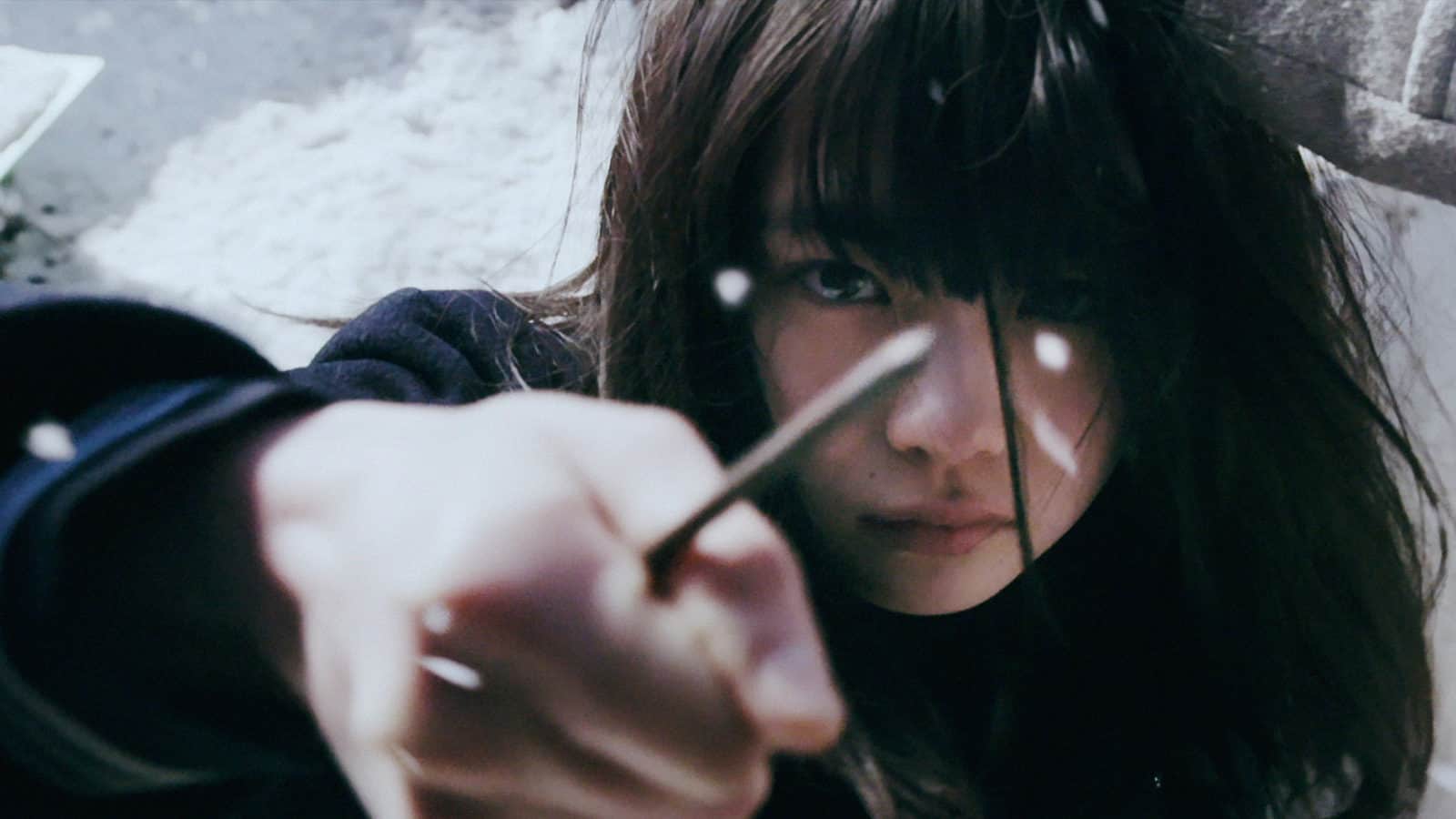
Born in Japan, 1982. He graduated from the fiction course at The Film School of Tokyo. His short film, “The Prince of Milk”(2008), was invited in many international film festivals. His controversial movie, “Let's Make the Teacher Have a Miscarriage Club” (2012), premiered at the Kanazawa Film Festival and was released nationwide in Japan in 2012. He directed “Puzzle” (2014) starring Kaho, and “Litchi Hikari Club” (2016) starring Shuhei Nomura.
During the latest years, however, no one has dealt in the most pointy way with the concepts of “bullying” and even more with “bullying the bully” than Naito, with “Liverleaf” and “Forgiven Children” highlighting both in ways that can only be described as shuttering. It is not only the way Naito portrays violence, where according to his interview with Matt Ward “The violence depicted within this film (Liverleaf) could be called “self-injury acts”. It is the story of those who hurt their heart by hurting others“, it is also the way he has approached the teenage film in terms of casting, with his actors (finally) being quite close to the age of the characters they play and not “idols” in their 20s. Furthermore, through an approach that occasionally can only be described as exploitation, he manages to portray with brutal sincerity the system that produces such behaviours.
5. Takumi Saitoh
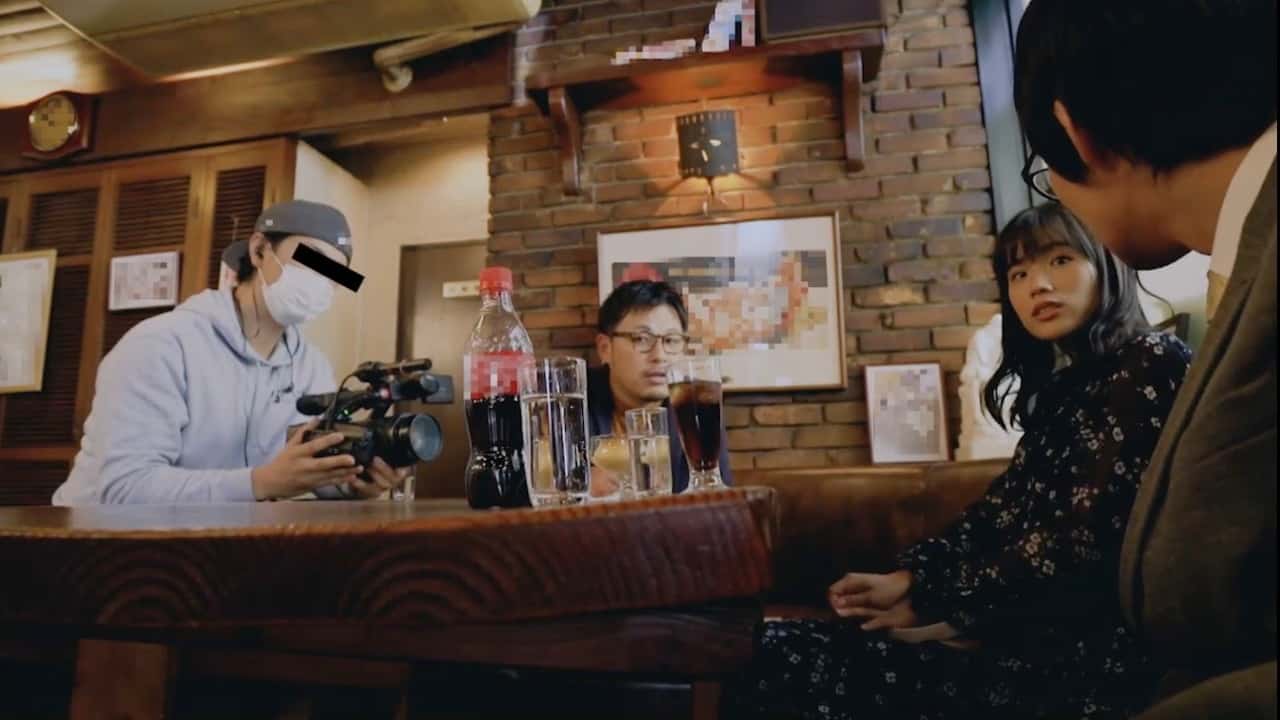
Saitoh is not only an acknowledged actor, but also a well-known director and in 2017, he made his feature debut with “Blank 13“. In 2018, HBO Asia produced “Folklore” a TV series helmed by Eric Khoo, with Saitoh directing one of the episodes titled “Tatami”. Following the success of the series, HBO commissioned a second one, this time focusing on food and titled “Food Lore“. Saitoh directed “Life in a Box”.
His directorial highlight however, is “COMPLY+-ANCE“, where Saitoh presents a one man show, as he acts as director, screenwriter, cinematographer and actor, that manages to capture and criticize a number of issues of Japanese society in the most intriguing fashion, all the while, however, also managing to escape censorship himself. The creativity he shows in this effort is probably the best trait of the narrative in a film that works on a number of levels and is intensely rich contextually, particularly for those who are willing to see beyond its experimental nature.
Furthermore, the way he has approached family drama in “Blank 13” and horror in “Tatami” highlights how much he stands out among the plethora of filmmakers dealing with the specific categories. His approach, as he mentions in our interview, “The process of making motion pictures consists of two parts: virtual images and fiction. Inside of these, there is a kind of ingenuity. Once you make a base out of it and exclude all the lies, that makes the greatest effort, I think.”, is cemented in all his films, none of which exceeds 75 minutes, thus replying positively to a number of the questions we mentioned before
6. Ryusuke Hamaguchi
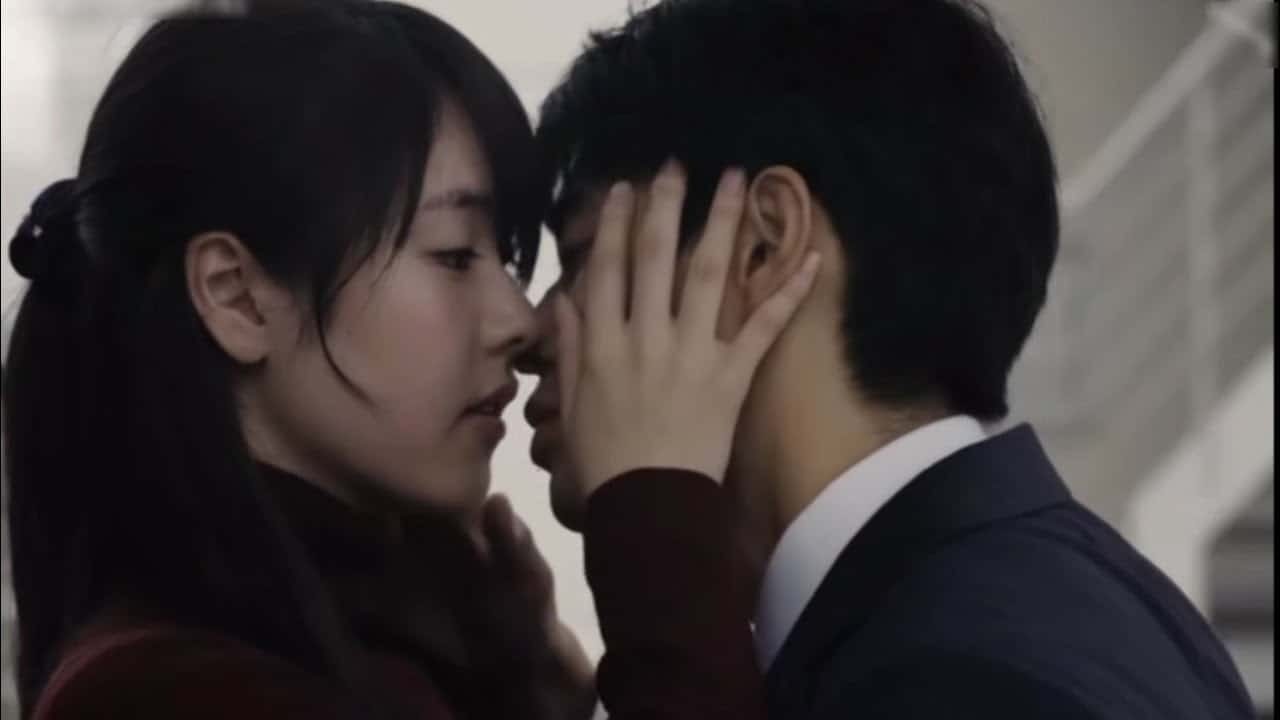
After graduating from the University of Tokyo, he worked in the film industry for a few years, before entering the graduate film programme at the Tokyo University of the Arts. His graduation film, “Passion”, screened at San Sebastian Film Festival in 2008. His 317-minute opus “Happy Hour” premiered at Locarno and went on to screen and win awards at numerous film festivals. “Asako I & II” was selected for the competition at Cannes in 2018. He also wrote the screenplay for Kiyoshi Kurosawa's Wife of a Spy, which won the Silver Lion at Venice in 2020. His latest work, “Wheel of Fortune and Fantasy” won the Silver Bear in Berlinale
Hamaguchi does this very interesting thing, that had his protagonists being very sincere and open with their feelings, which is the opposite of how Japanese usually are. He builds his narrative around this, a bit of surrealism, and very intelligent dialogue that usually works on more than one levels. There are influences of Rohmer in his work, but he knows how to implement them in order to move away from both his style and of Koreeda's. Furthermore, that his narratives have “unremarkable” people experiencing remarkable, somewhat surrealistic events is where his movies also “winks” at Haruki Murakami, with the overall style, with its almost total lack of action, also pointing the same way. This approach is evident in both “Asako I & II” and “Wheel of Fortune and Fantasy”, films that also highlight his intense knowledge of the human psyche, and the rather original and intelligent cinematic way he has come up with in order to present it.
7. Yuya Ishii

Born in 1983 in Saitama Prefecture, Japan. He completed his studies at Osaka University of the Arts with his graduation film, “Bare-Assed Japan”. Since then, Yuya has been working as a screenwriter and director. His 2013 movie, “The Great Passage” won him Best Director at the 2013 Japanese Academy Awards
Yuya Ishii has made a career of shooting films about quirky, occasionally nerdy, but definitely unconventional characters, with “The Great Passage” being the highlight of this prowess. His works may be hit or miss, but the fact that he has shot more than 20 movies, a number of which are big productions, while he is not over 40 yet, is a testament to his abilities and his knack for work. Apart from the aforementioned, titles like “Sawako Decides”, “Mitsuko Delivers”, “Our Family”, “Tokyo Night Sky Is Always the Densest Shade of Blue”, “The Asian Angel” and many others are either great representatives of the middle film, as we mentioned before, or big productions, that manage to retain, though, an indie sense and a quality that makes them rather appealing to both mainstream and indie audience.



